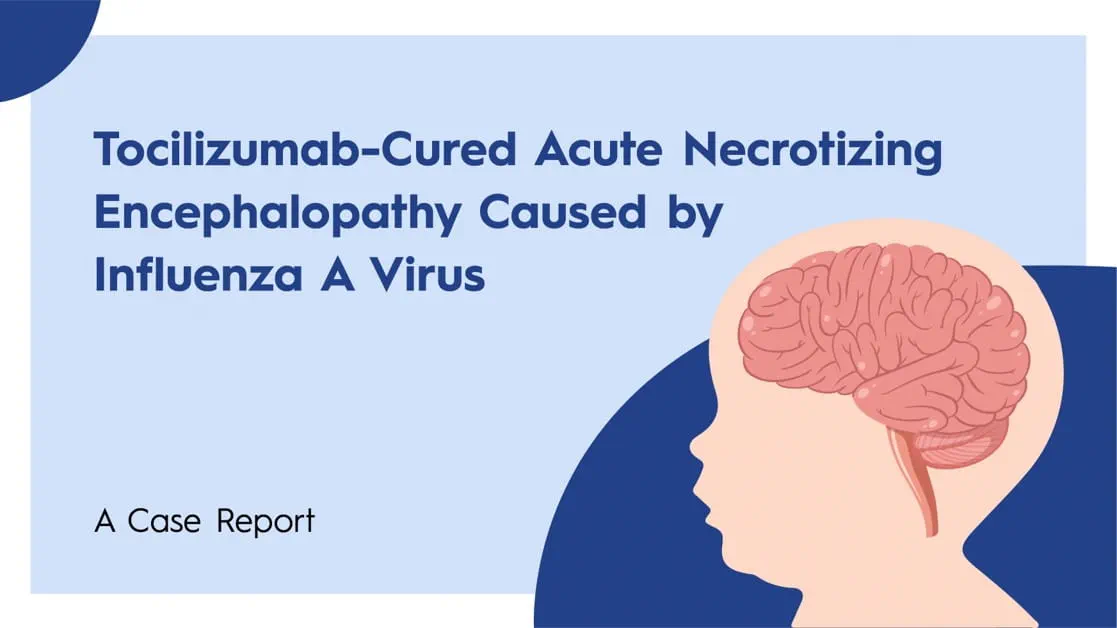ESPID 2024: Parallel Symposium Emerging Fungal Infections And New Antifungal New Antifungals and Optimizing Antifungal Treatment - Emmanuel Roilides
The talk covers new antifungals and improved pediatric formulations, addressing challenges in antifungal stewardship. Diagnostic methods like serological and molecular tests are mentioned briefly. Pediatric antifungal prescribing differs from adults due to age and size variations, necessitating adjusted doses and formulations. Some antifungals lack approval for specific pediatric populations, requiring off-label use. The current pediatric antifungal arsenal includes deoxy-amphotericin B, nystatin, and various azoles and echinocandins, with limitations for neonates. Challenges persist due to rising resistance and drug toxicities.
The advent of these new formulations and expanded indications addresses previous limitations in antifungal therapy for pediatric patients. While posaconazole offers improved dosing options, including oral suspension for younger children, isavuconazole's emerging role presents promising opportunities for managing invasive fungal infections in pediatric populations. However, ongoing studies and therapeutic monitoring underscore the need for continued research and vigilance in optimizing antifungal treatment in children, ensuring both efficacy and safety across various age groups.
The current European Conference on Infections in Leukemia (ECIL) recommendations for antifungal therapy, while largely based on adult data, may need updating to reflect emerging evidence in pediatric populations. Isavuconazole is strongly recommended for aspergillosis, akin to voriconazole, but its status for mucormycosis is slightly lower. Anidulafungin, studied extensively in children but not neonates, shows similar efficacy to adult studies, warranting approval for patients above one month of age. Looking ahead, rezafungin and other promising agents, like econazole, may offer expanded options for antifungal treatment in pediatric patients, addressing gaps in current recommendations and improving outcomes.
Rezafungin, a novel echinocandin previously known as CD101, distinguishes itself with an extended half-life compared to other echinocandins, allowing for once-weekly dosing. Approved by the FDA and recently by the EMA for adults over 18, it offers a convenient treatment option for candidemia and invasive candidiasis, particularly in outpatient settings. While studies are underway for pediatric populations, rezafungin demonstrates potent activity against a broad spectrum of fungi, including common and rare molds, positioning it as a promising candidate for both prophylaxis and treatment. Similarly, Ibrexafungerp, with its oral and intravenous formulations, exhibits efficacy against various candida and aspergillus strains, including resistant variants. Though clinical trials in neonatal children are pending, these antifungals hold potential for addressing fungal infections in diverse patient populations. Additionally, novel antifungals like inhaled long-acting triazoles and tetrazoles, such as oteseconazole, offer improved safety profiles and reduced drug interactions, promising advancements in antifungal therapy.
Pediatric antifungal stewardship is underutilized in European hospitals despite its potential to improve outcomes and reduce costs. Current practices, as revealed by a recent study, show fluconazole as the primary prophylactic agent in neonatal units, while liposomal amphotericin B or micafungin is preferred for bone marrow transplant patients. Hematology departments prioritize fluconazole and liposomal amphotericin B for prophylaxis, shifting to posaconazole or itraconazole post-engraftment. Stewardship emphasizes specific indications for prophylaxis, diagnostic-driven therapy, targeted treatment, and step-down therapy. Ongoing research explores optimal treatment durations, including a study comparing 7 versus 14 days of echinocandin therapy for candidemia. Recent advancements include new formulations of isavuconazole for older children and neonates, pediatric dosing for anidulafungin, and the potential introduction of rezafungin. Antifungal stewardship in pediatrics is crucial for effective and safe management of fungal infections, paralleling its significance in adult care.
Emerging Fungal Infections in Neonates and Children - Adilla Warris
In a movie set 20 years after a fungal pandemic, a fictional professor identifies a real-life fungal species, Ophiocordyceps unilateralis, known as the "ant zombie fungus," which infects ants and manipulates their behavior. While such a scenario isn't likely on a global scale, emerging fungal infections are a concern, exacerbated by climate change. Diseases like coccidioidomycosis are spreading beyond their usual geographic confines due to changing temperatures. The WHO's fungal priority pathogen list underscores the need for research and action, but the impact on children, who lack adequate surveillance, access to treatments, and face unique challenges with drug interactions, remains underaddressed.
The discussion highlights three emerging fungal infections affecting children and neonates: resistant ringworm, cat-transmitted sporotrichosis, and fluconazole-resistant neonatal candidemia. Fungal skin infections, impacting 750 million globally, are the fourth most common illness, with 135 million African school-aged children suffering from tinea capitis, leading to significant social stigma and school absenteeism. Recent reports from India reveal terbinafine-resistant tinea, driven by unregulated antifungal use and over-the-counter creams, linked to the newly identified Trichophyton indotenia, necessitating prolonged itraconazole treatment, risking further resistance and higher costs. Cat-transmitted sporotrichosis, caused by Sporothrix brasiliensis, is more aggressive than the traditional "rose gardener's disease" and has spread globally, with children at higher risk due to interactions with cats. Diagnosis requires culture, and treatment with itraconazole is prolonged, often up to six months. These infections emphasize the need for vigilant antifungal regulation and awareness of zoonotic transmission risks to manage and prevent widespread resistance in vulnerable pediatric populations.
Neonatal candidemia presents a significant burden, with a survival rate of only 60%, compared to 80% for bacterial sepsis. High numbers of neonates are affected globally, with Candida parapsilosis becoming the dominant species in neonatal and pediatric candidiasis. Studies from Taiwan and South Africa reveal a rising prevalence of Candida parapsilosis, now frequently resistant to fluconazole due to extensive prophylactic use. Pediatric susceptibility testing is often lacking, complicating treatment strategies. Candida auris, an emerging multidrug-resistant species likely influenced by climate change, also poses a serious threat with high mortality rates, especially in Asia, South America, and Africa. The clinical epidemiology for children mirrors that of adults, but with increased mortality and significant resistance to fluconazole and amphotericin B, leaving echinocandins as the primary treatment. The lack of comprehensive susceptibility testing hampers effective management and necessitates improved diagnostic and therapeutic approaches.
The Global Neonatal Sepsis Observational Study (NeoOBS) study confirms previous findings on neonatal candidemia, highlighting Candida albicans, Candida parapsilosis (with a notable increase), and Candida auris as prevalent species, particularly in lower-middle-income countries. Among 127 neonates, significant fluconazole resistance was observed: 50% in Candida parapsilosis and nearly 100% in Candida auris. This resistance poses a threat, especially in outbreak scenarios, which are common due to insufficient infection control or lack of susceptibility testing. Effective management guidelines for invasive candidiasis in neonates must consider these resistance patterns and the potential for outbreaks.
European Society for Paediatric Infectious Diseases (ESPID) 2024, 20th May 2024- 24th May 2024, Copenhagen




